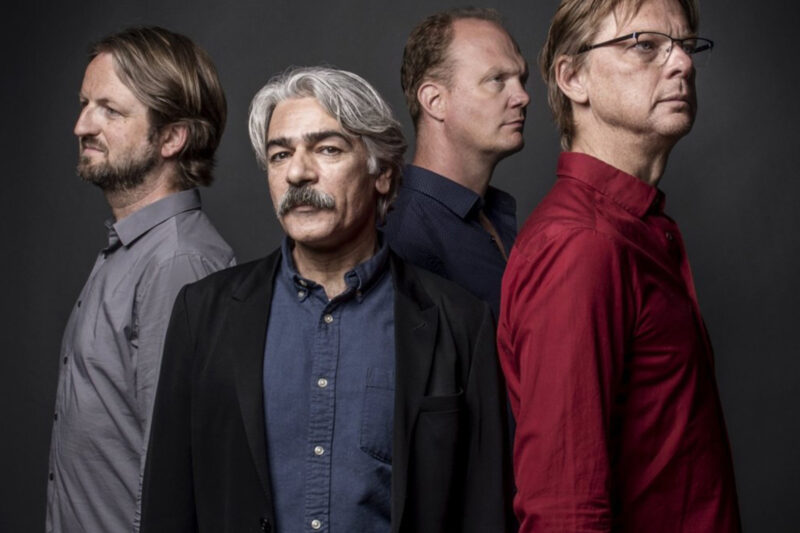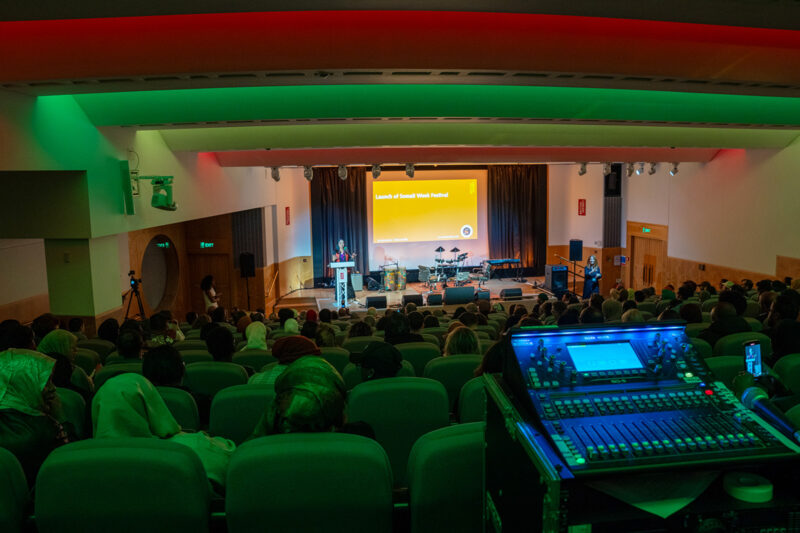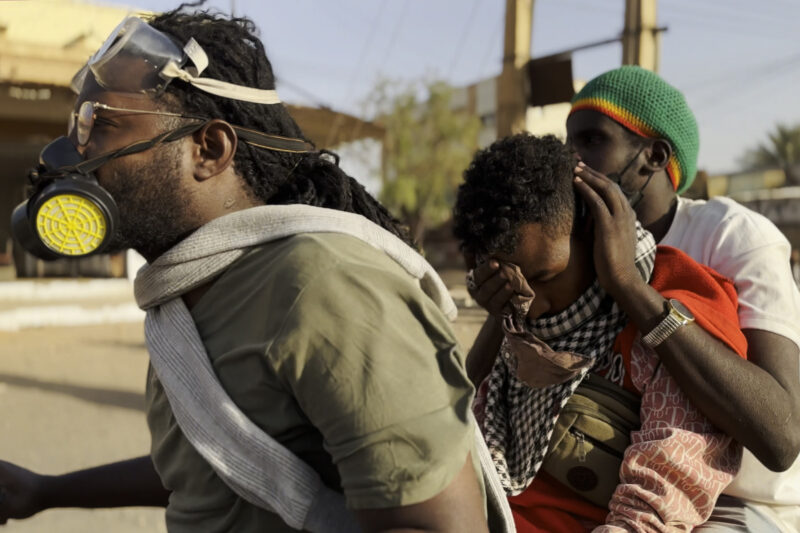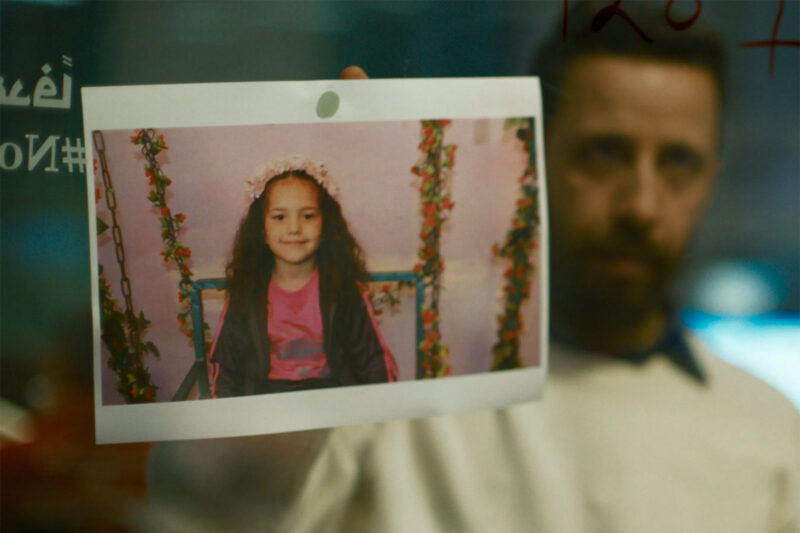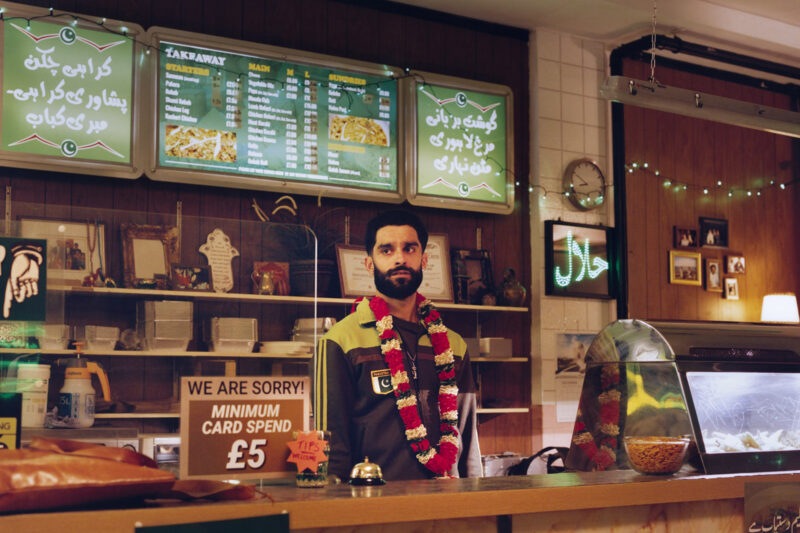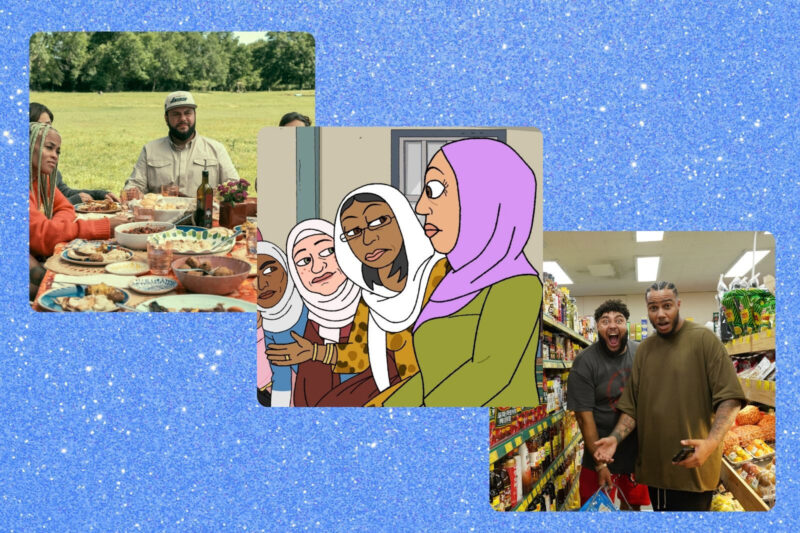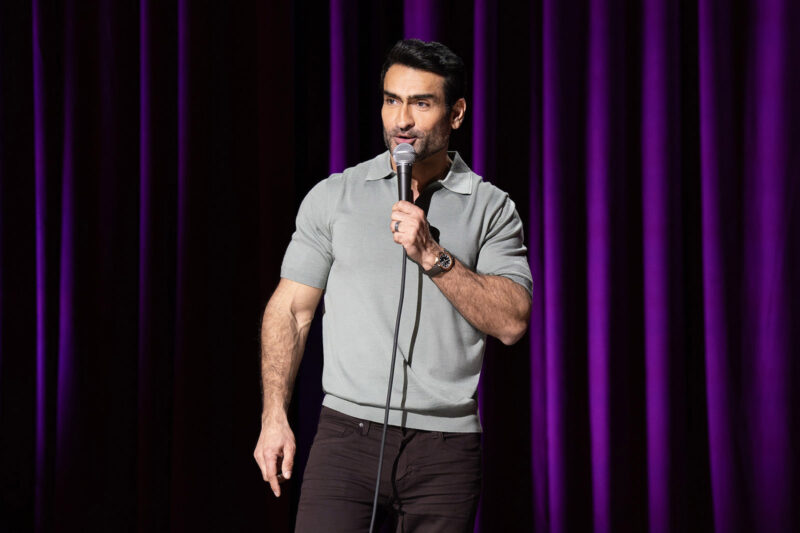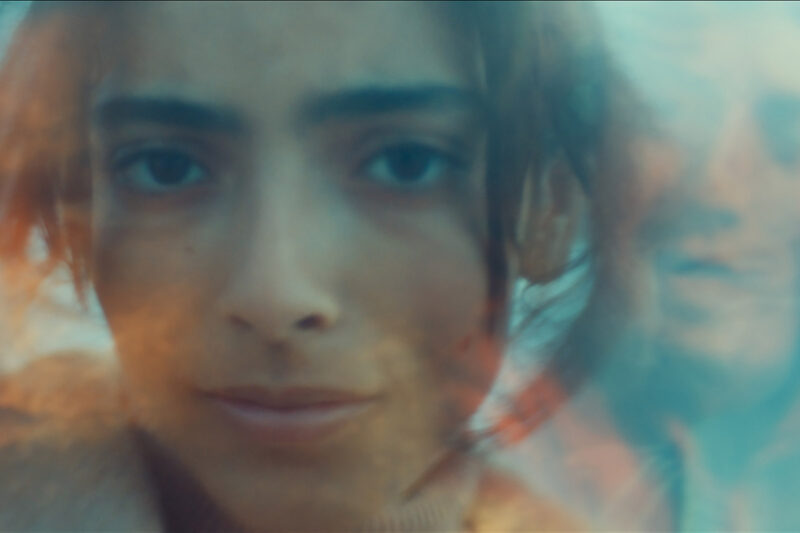Restoration and reclamation reign at the London Film festival
Themes of erasure and renewal run through a selection of films looking to keep the stories of the Arab world alive

The London Film festival (LFF) is one of the biggest dates on the cinephile calendar, but is largely considered to be in the second tier. With a handful of highly anticipated premieres, it largely exists as a roundup of the best titles that have debuted elsewhere.
This year is no different. Opening night was a huge win for the festival with Steve McQueen’s period drama Blitz, and it’ll close with — checks notes — a biopic of Pharrell Williams told through the medium of Lego. LFF also serves as an opportunity for Londoners to catch up with Cannes Palme d’Or winner Anora from Sean Baker, Venice Golden Lion winner The Room Next Door from Pedro Almódovar, and Berlin Golden Bear winning documentary Dahomey from the extraordinary Mati Diop. But the biggest buzz seemed to come from the new queueless system, letting attendees reserve tickets online rather than stand in the freezing October rain for hours to secure first-come-first-served seats.
Beyond the euphoria of the queueless system, I found a collection of films merging around the theme of erasure, which had particular prescience for these troubled times. They look to keep the stories of the Arab world alive when so many of its people are being destroyed, along with its culture and art.
One such film was the curiously-titled Israel Palestine On Swedish TV 1958-1989 from Göran Hugo Olsson. It’s composed of archival footage from those years and paints a striking and devastating picture of just how we came to have such a dehumanising understanding of occupied Palestine as standard in western media.
At first, the story of the establishment of the Israeli state on Swedish TV is near gleeful, very much taking the portrayal of Palestinians as mere passers-through in their land when the Nakba occurred — there is no mention of the Palestinians who were forcibly displaced from their homes, no mourning for the tens of thousands who were killed. Rather, it’s presented as a blandly positive utopia from which only a bright future can bloom.

Olsson presents the footage with virtually no editorialising, asking the audience to piece together a narrative, and over the years a version of the sad present truth peeks out from this documentary. Interviews with Yasser Arafat with a Swedish broadcaster in the 1970s show the late political leader genuinely confounded by why the liberals of Scandivaia have no empathy for the Palestinians, when they called out the injustices of the war in Vietnam.
What Olsson does, building block by building block, is demystify how we’ve come to the cursed status quo where Palestine is considered an obstacle to an Israeli utopia. We see how the dominant narrative has been built on an increasingly unscrupulous foundation.
Looking to a similar tragedy, and also dealing in sadly prescient archival footage, is A Fidai Film from Palestinian artist and director Kamal Aljafari. This documentary focuses on the summer of 1982 where the IDF seized the film and photography archive collection from the Palestine Research Centre in Beirut. Though much of the contents of the archive remains in the custody of the Israel Defense Forces, Aljafari managed to get some of its clips and images back during a brief period of cordial exchange with Israeli academics. With the small amount of the archive he’s granted access to, we’re able to see a life for the Palesinians — such as orange-picking in Qalandia in 1957 — that was so studiously erased post-Nakba. It speaks to something so important that is presently happening in the region where the erasure of cultural heritage is in itself a component of genocide.
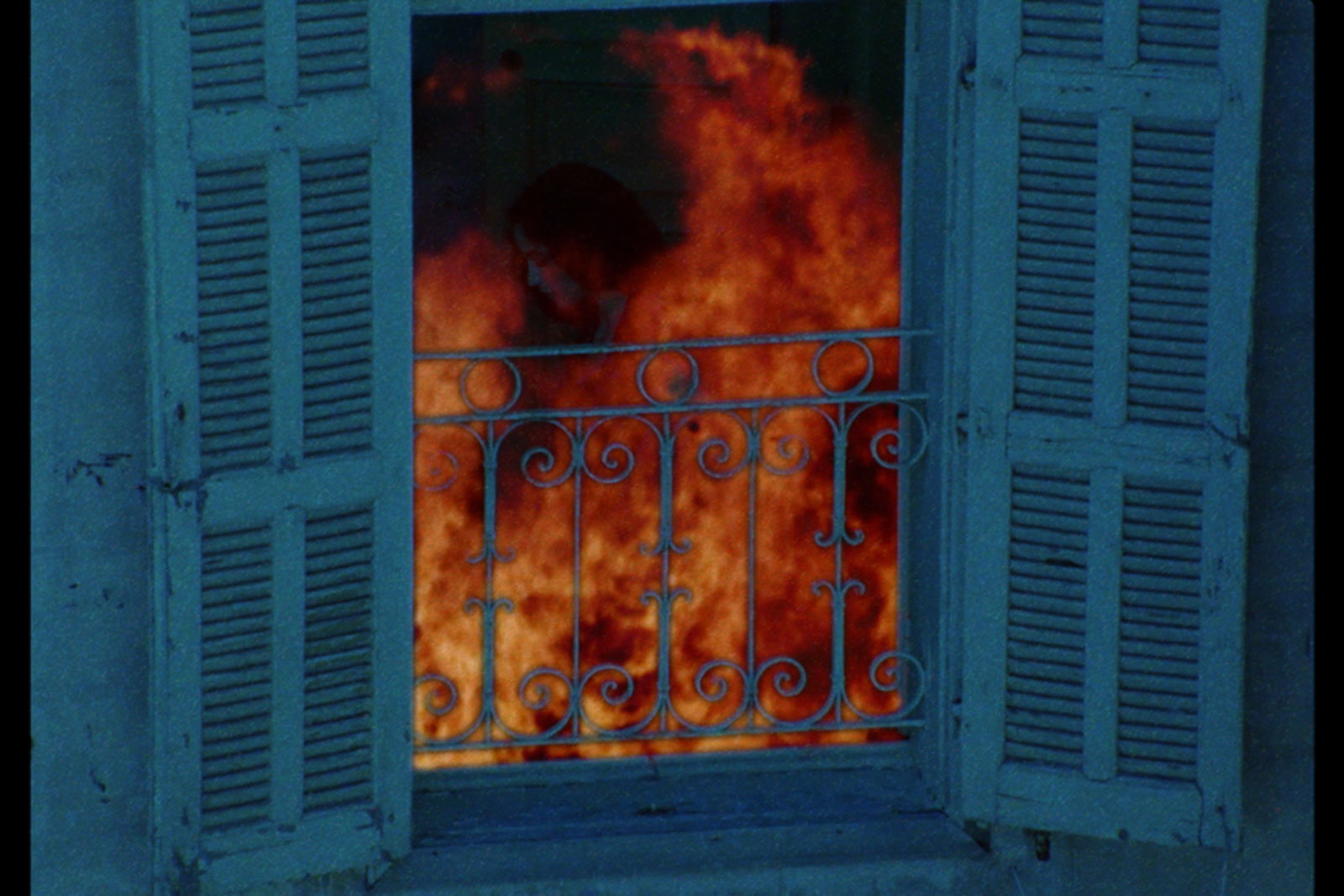
The third big title making waves — both for the purposes of this column and based on the film critics’ small talk in the coffee shop queues — was a restoration. Marva Nabili’s The Sealed Soil was originally released in 1977 and returns to us at a crucial point in film history. The story follows an Iranian community readying itself to relocate after a government mandated decree meant their homes would be repurposed to facilitate unspecified economic growth. It has parallels with Egyptian director Youssef Chahine’s epic The Land, with a people being shoved aside as modernity encroaches. But Nabili’s work is also a smaller, more personal story and focuses on a young woman defying the status quo, having rejected every proposed potential husband despite the societal pressures. The Sealed Soil is both a moving portrait of a tragic time and a significant piece of feminist work, coming from one of the few female directors making films centred on Persian womanhood at the time.
The restoration feels particularly prescient given the context of the current political climate and the themes of the other films, where erasure of the humanity of besieged civilians in Palestine, Lebanon and Iran feels particularly insidious and cruel. The Sealed Soil is a film whose relevance has not dwindled since its original release, and there remains a curiosity at the London Film festival to engage with art from the region that holds their lives and experiences to be precious.
Whether its restoration, reclamation or reinvestigation, the LFF served an incredible purpose this year. Not only did it finally get rid of its infamous queues, but it made sure the wait was well worth it.
 Newsletter
Newsletter



